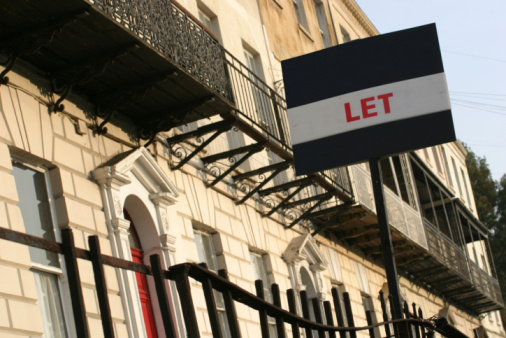The number of property sales hotspots in England and Wales fell to their lowest level since the height of the financial crisis, according to new research by Lloyds TSB. Just 40 per cent (202) of the 500 towns tracked in England and Wales were ‘property sales hotspots’ – towns that recorded a rise in home […]
 The number of property sales hotspots in England and Wales fell to their lowest level since the height of the financial crisis, according to new research by Lloyds TSB. Just 40 per cent (202) of the 500 towns tracked in England and Wales were ‘property sales hotspots’ – towns that recorded a rise in home sales – in 2011. This was the lowest proportion of towns experiencing an annual rise in sales since 2008, when all towns recorded a fall in sales and less than half the proportion in 2010 (82 per cent).
The number of property sales hotspots in England and Wales fell to their lowest level since the height of the financial crisis, according to new research by Lloyds TSB. Just 40 per cent (202) of the 500 towns tracked in England and Wales were ‘property sales hotspots’ – towns that recorded a rise in home sales – in 2011. This was the lowest proportion of towns experiencing an annual rise in sales since 2008, when all towns recorded a fall in sales and less than half the proportion in 2010 (82 per cent).
Overall, there were 630,389 home sales in England and Wales in 2011; four per cent less than in 2010 (654,481).
Towns in the north see the biggest increases in sales
59 per cent of the towns that saw a rise in home sales in 2011 are in the north against 41 per cent in the south. This is a reversal of 2010 when southern towns accounted for the majority of the country’s property sales hotspots (53 per cent). Regionally, the north of England and East Anglia had the highest proportion of property sales hotspots with 61 per cent of all towns surveyed in both regions seeing a rise in sales. These regions were closely followed by the West Midlands (60 per cent). In contrast, London had the lowest proportion of sales hotspots in 2011 (16 per cent) having seen sales decline by 6 per cent over the past year.
Bilston records the biggest rise in home sales
Three of the five towns with the biggest increase in property sales between 2010 and 2011 are in the West Midlands: Bilston near Wolverhampton (30.7 per cent), and Rugeley in Staffordshire (30.6 per cent) filled the top two spots, whilst the market town of Wednesbury (19.4 per cent) saw the fifth largest rise in sales. Bootle on Merseyside completed the top three (21 per cent). The Norfolk town of Thetford (18.5 per cent) recorded the biggest increase in southern England and was the only non-northern town in the top 10.
Eight of the 10 towns with the largest declines in home sales in 2011 are in the south of England. Tower Hamlets recorded the largest fall (-22 per cent), followed by Potters Bar (-20 per cent) and Penzance in Cornwall (-19 per cent).
Suren Thiru, Lloyds TSB housing economist, said:
“The overall level of housing market activity across England and Wales has weakened over the past year, reflecting the concerns over the outlook for the UK economy. Additionally, consumers are experiencing difficulties in raising the necessary deposit, which is preventing many potential home buyers from entering the market.
“Whilst a number of towns in the north have seen a significant rise in home sales, these increases have been from a historically low base. Generally, property prices in the north continue to be weaker than in the south.”













